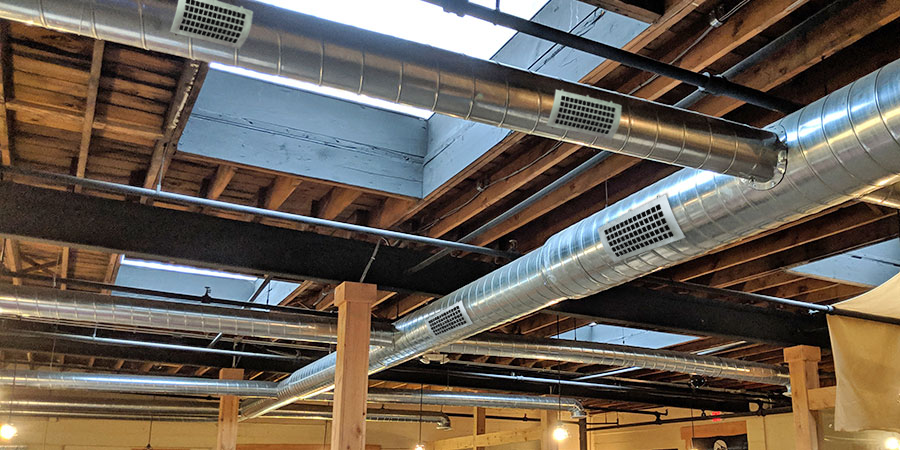With increasing awareness about environmental issues and rising energy costs, homeowners are looking for ways to make their homes more energy-efficient. By implementing energy-saving measures, not only can you reduce your utility bills, but you can also contribute to a greener and more sustainable future. In this blog post, we will explore some of the best energy efficiency upgrades you can consider for your home.
Energy Efficiency Upgrades
Improving your home’s energy efficiency involves various upgrades and modifications that target key areas of energy loss and consumption. Let’s take a look at some of the most effective upgrades you can make:
Improving Home Insulation
One of the primary sources of energy loss in homes is inadequate insulation. By improving home insulation, you can prevent heat transfer and maintain a comfortable indoor temperature. Proper insulation in walls, ceilings, and floors helps to keep your home warm in winter and cool in summer.
Sealing Air Leaks
Air leaks can significantly impact the energy efficiency of your home. Common areas prone to air leakage include windows, doors, electrical outlets, and wall gaps. Sealing these leaks with weatherstripping, caulk, or foam insulation can greatly reduce the amount of conditioned air escaping your home and prevent drafts.
The Department of Energy recommends sealing air leaks as one of the typical home energy improvements.
Sealing Ductworks
Ductwork is responsible for distributing heated or cooled air throughout your home. However, leaky ducts can result in energy wastage. By sealing and insulating ducts, you can ensure that conditioned air reaches its intended destination efficiently, reducing energy consumption.
Replacing Seal Windows and Doors
Old or poorly sealed windows and doors can contribute to heat loss or gain, leading to energy waste. Consider replacing inefficient windows and doors with energy-efficient alternatives. If replacement is not feasible, sealing any gaps or cracks will still help improve energy efficiency.
Improving Heating, Cooling, and Ventilation Systems
Most homes’ heating, cooling, and ventilation systems are major energy consumers. Upgrading to energy-efficient options can make a significant difference:
- Electric Air-Source Heat Pump: This heating and cooling system extracts heat from the air outside and transfers it indoors during winter and vice versa in summer. It is highly efficient and can save on energy costs.
- Smart Thermostat: A smart thermostat allows you to remotely control and schedule your heating and cooling settings. It learns your preferences and adjusts temperature settings accordingly, optimizing energy usage.
Installing Renewable Energy Systems: Solar Panels
Harnessing renewable energy is an excellent way to reduce reliance on traditional power sources. Solar panels are a popular choice for homeowners looking to generate their own clean energy. Solar panels convert sunlight into electricity, reducing the need to draw power from the grid.
Choosing Energy-Efficient Lighting and Power Strips
Lighting and electronic devices contribute to a significant portion of home energy consumption. Some upgrades worth considering include:
- Energy-Efficient Lighting: Switching to energy-efficient lighting, such as LED (Light Emitting Diode) or CFL (Compact Fluorescent Lamp) bulbs, can significantly reduce energy consumption compared to traditional incandescent bulbs. LED bulbs, in particular, are highly energy-efficient, converting a significant portion of energy into light rather than heat. This makes them a cost-effective and environmentally friendly lighting option.
- Power Strips: Power strips with built-in surge protectors and on/off switches can help eliminate standby power consumption, also known as “phantom” or “vampire” power. Many devices continue to draw power even when turned off but plugged in. Power strips allow you to disconnect multiple devices at once, preventing unnecessary energy consumption.
Upgrading Appliances
When upgrading appliances, look for the Energy Star label. Energy Star-certified appliances meet strict energy efficiency guidelines set by the U.S. Environmental Protection Agency. They are designed to consume less energy, saving you money on utility bills and reducing your environmental footprint.
When shopping for new appliances, pay attention to the energy consumption ratings. Opt for models with high energy efficiency ratings, as they are designed to use less electricity while providing the same or even better performance.
Determine Your Home’s Energy Efficiency with a Home Energy Audit
A home energy audit involves assessing the energy efficiency of your home. Professionals or DIY tools can help identify areas where energy is wasted, such as insufficient insulation, drafts, or inefficient heating and cooling systems.
A comprehensive energy audit helps prioritize upgrades based on their cost-effectiveness and impact on energy savings. It may include recommendations for sealing air leaks, adding insulation, or upgrading windows and doors.
Request an In-Home Evaluation
Combining these home energy efficiency upgrades allows homeowners to create a more sustainable and cost-effective living environment while contributing to broader efforts to reduce energy consumption and environmental impact.
To identify the air duct issues that could be wasting energy in your home, we highly recommend requesting an in-home evaluation from Aeroseal Colorado. Our team of experts will visit your home to inspect and diagnose your problems and recommend possible solutions.
Don’t miss the opportunity to save money, reduce your carbon footprint, and create a more comfortable living space. Contact Aeroseal Colorado today and take the first step towards a greener, more energy-efficient home!
